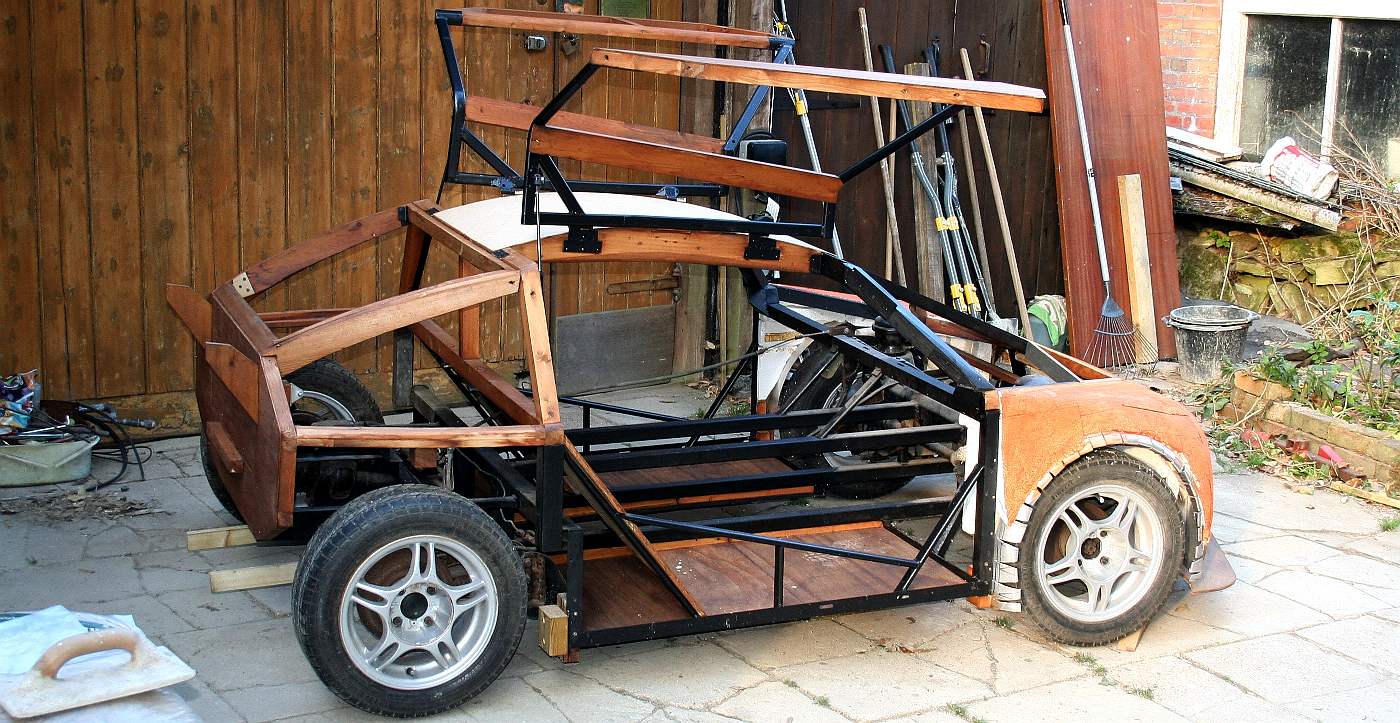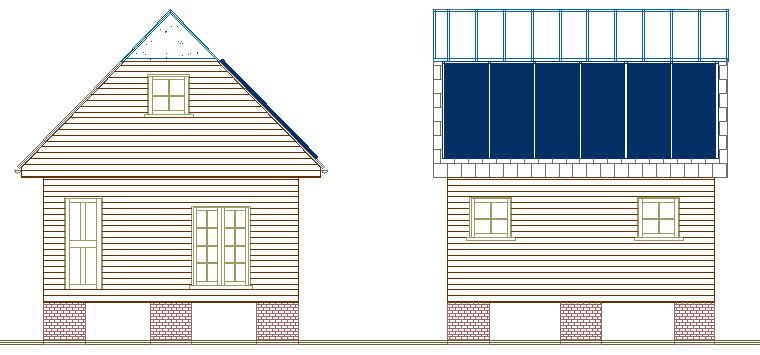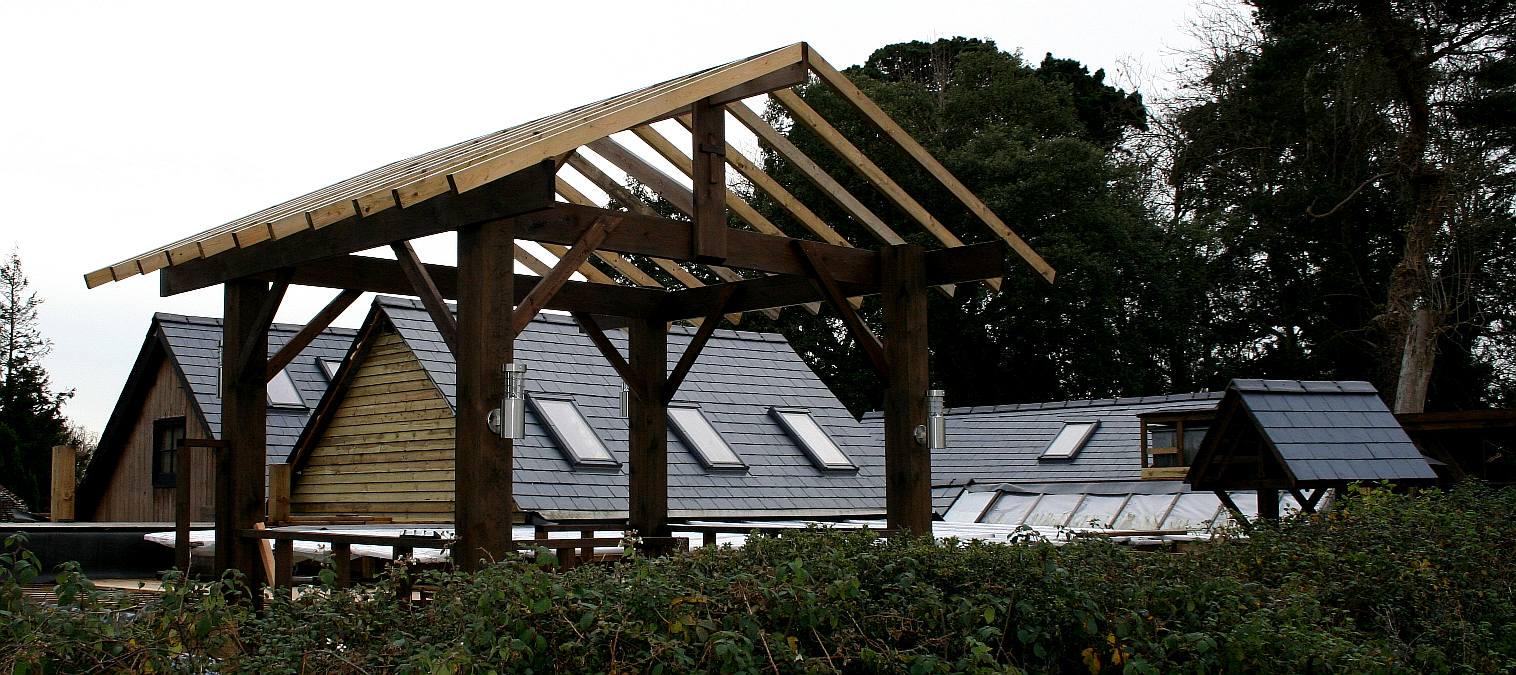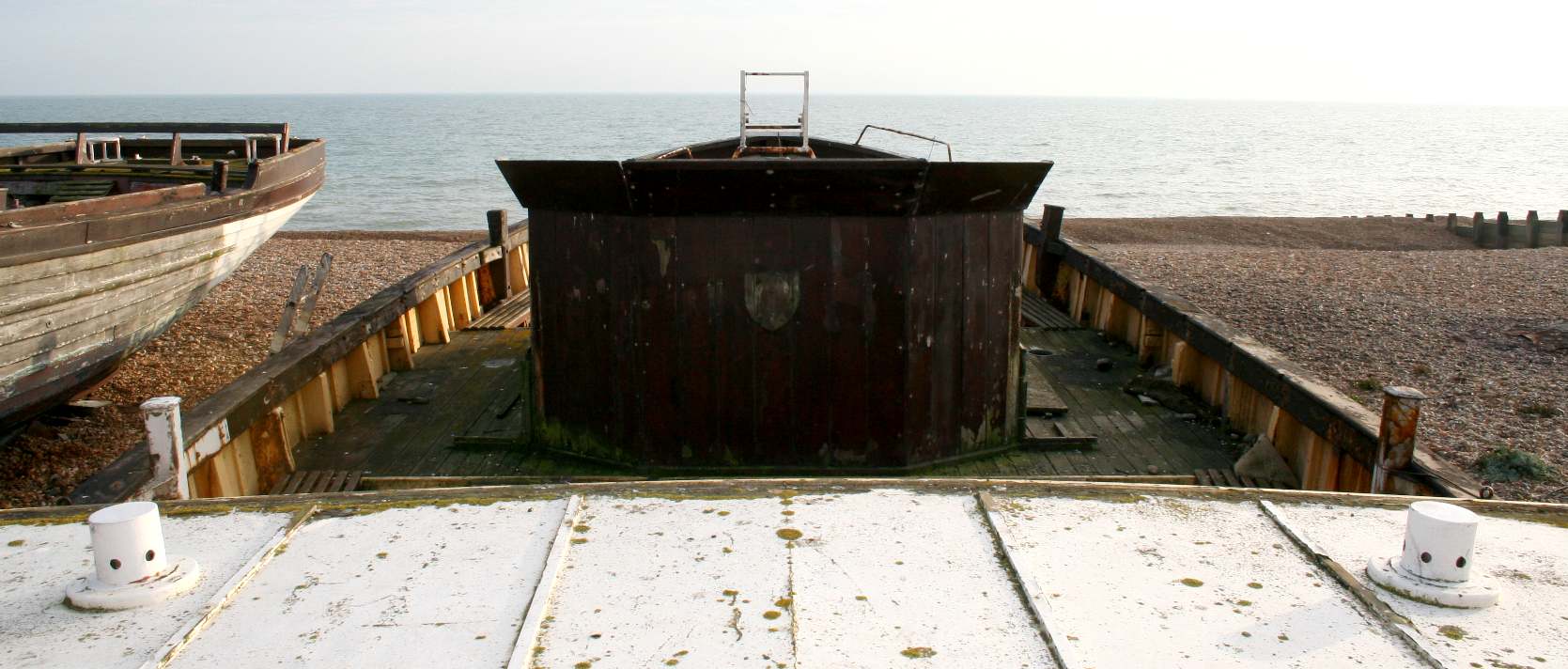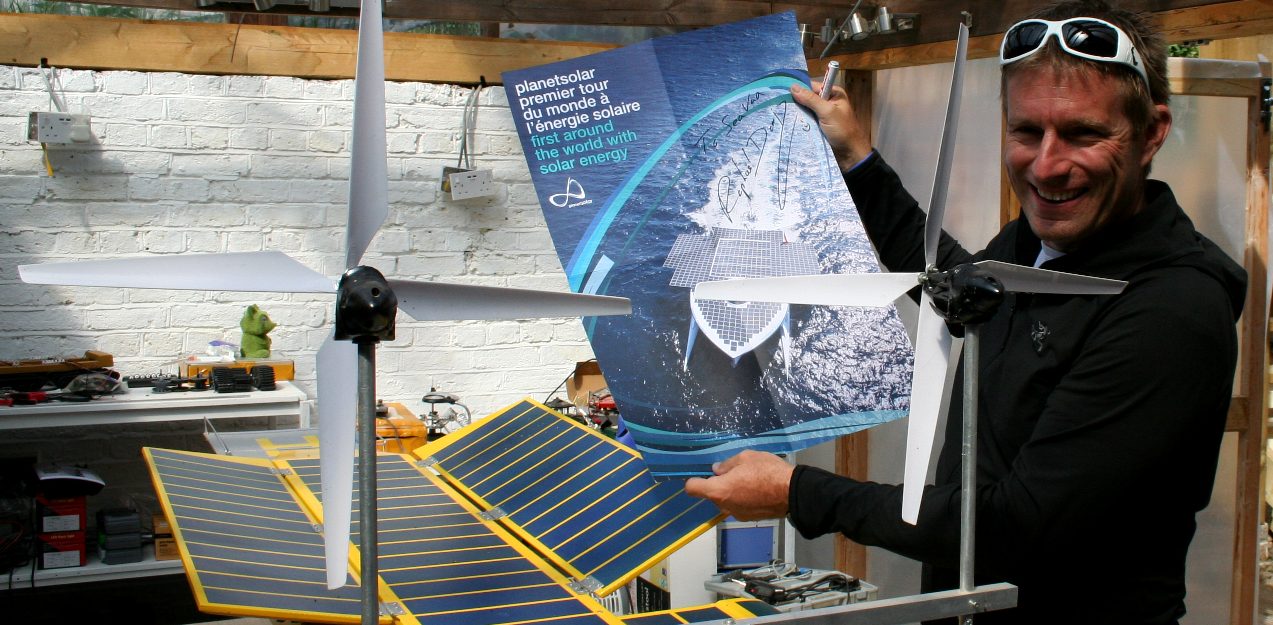|
CHARITABLE OBJECTIVES
ABOUT - APPEALS - CONTACTS - DONATE - EDUCATION - FOUNDATION - OBJECTS - POLITICS - HOME - A-Z INDEX
The 'Cleaner Ocean Foundation' (COF) is a charity that aims to achieve its objects reflected in a variety of projects that are interlinked, some of which are incidental to promoting the main objectives. The Charity operates as a think tank in many areas of human endeavour, looking for creative avenues to achieving environmental benefits that have not been attempted previously, hence, to fill perceived gaps in such efforts that other charities and think tanks with similar objectives may not be considering. As they say, two heads are better than one.
All of our objectives (see Memorandum) are bound together in the support of projects and dissemination of such project information aimed at achieving the following:
CITY CAR - This incredibly compact electric car features gullwing doors and when fully loaded, four wheel drive and 300hp (200kW), making it potentially one of the nippiest electric city cars around. The most important feature is a battery cartridge that enables this concept car to offload old cartridges unassisted and load a fresh one using built in servos.
Am cartridge loading system in this car has been timed at 80 seconds using small motors, but this could come down to 20 seconds with the latest brushless motor technology - making this (potentially) the fastest electric vehicle recharging system in the world.
Dedicated service forecourts for vehicles so equipped could be a major contributor in the fight against climate change and the transition to a low carbon economy. The 'Ecostar' project is an example of lateral thinking concerning an energy supply network to replace petrol and diesel fuels in the quest for a sustainable future. This is teaching be doing, by example. Projects such as this may only be furthered with funding and facilities that at the moment the Foundation does not enjoy.
In the quest for affordable clean energy (SDG7) cars like this could be the way, especially for sustainable cities as per SDG11. Copyright photograph © July 5 February 2017. You will need the permission of the Cleaner Ocean Foundation to be able to use these pictures, except for educational use and private study.
1. Advancing the education of the public as to the benefits of using renewable energy by example of other means.
We do this by giving examples of ways of using technology in innovative ways:
(a) such as how to build an infrastructure for electric vehicles, an example of an electric vehicle with fast energy-cartridge based refueling to eliminate roadside of other charging delays where range restriction is perceived as a blocker on the part of the motoring public;
(b) how to construct low carbon housing in an affordable way to achieve sustainable living;
(c) using solar and wind energy for ocean transport.
All of these projects are aimed at reducing climate change in a move to a low carbon economy such as to assist the creation of a circular economy. We believe that the attainment of a truly circular economy and the energy savings that entails will help combat global warming and help to prevent resource depletion.
We also review the latest trends and reports of such advancement in terms of energy saving and renewables, and include these reviews in a logical index with an A to Z format, such that students will have a relatively easy task in studying their subjects and be able to see what technology we have taken account of in our think tank like solutions. Though, we are not an academic organization in the sense of giving lessons to students, other than casual employment and use of volunteers, when we do teach skills to local candidates. This is though incidental to achieving our aims.
LOW CARBON HOUSING DESIGN - A flatpack timber mobile home 20'x18' affordable starter home example incorporating a 12 sq/m solar conservatory as part of the roof. This renewable energy feature generated 12 kW during periods of intense sunshine. Thus if the sun shines for 6 good hours, you could capture 72kW/hrs of energy. Eight hours will yield 96 kW/hours and so on. Minus of course any losses in efficiency in conversion. The design is shown here as a mobile home compliant with the Caravans Act, though need not have pillars if built as a house, when you would not see the pillars or the footings. With high insulation as a feature of the construction, the carbon footprint of the occupiers would be very much reduced. Copyright © diagrams. All rights reserved.
2. Advancing the education of the public concerning pollution and the environment by example or other means.
In terms of pollution, we are concerned at the change in our ocean chemistry and toxic contamination via plastics and other chemicals that are dumped in the sea. We are thus advocates of effective recycling. We also aim to be proactive in providing free downloads that engage people, young and old alike, as to pollution imparting the message that such contaminations are bad for marine life by virtue of the aims of our game(s).
We provide free support in terms of events that are operated by third parties, making available displays of our work such as the SeaVax model, that has the effect of inspiring the public who see it and reminding them of the difficulty of scouring the sea for waste, compared to the ease of disposing of plastic responsibly. We also offer talks on the subject of ocean pollution and potential solutions, focusing on awareness, as in educating the public audiences as to the harm that careless litter disposal might cause downstream, when careful recycling can be beneficial to conserving the natural environment and also of economic value in terms of sustainability, hence the circular economy comes into play as a subject.
3. Protection of the natural environment for future generations.
We aim to help conserve the natural environment for the enjoyment of future generations. In particular we are concerned with the state of the oceans, but we are equally concerned that climate change is melting our ice caps and raising sea levels, all of which is upsetting the balance of life on earth, potentially causing extinctions.
Our efforts to conserve the natural world focus on conceiving potential technology solutions, and where possible, constructing models or working prototypes such that demonstrations might be afforded.
4. Advancing the education of the public in conservation matters.
Allied to objective 2., wherever possible we might supplement our efforts in this category. We also lobby the heads of state on our core aims, attend events to be able to speak with those in the energy industry to implant progressive ideas and to secure potential technology project-development partners.
Our main drive though is the development of an awareness campaign that can include a direct approach in the mounting of road shows, or an indirect approach where a similar message is implanted in products that have the potential to reach wider audiences. We believe that while the direct approach is necessary, that such use of resources may not be as effective as reaching large numbers of the public as may be achieved by other means, where such other means are the subject of ongoing development and media research.
By way of an example of conservation in action, Solar House has been adapted to reduce energy for heating, including solar panels and water heaters. Where this building is also part museum, the public will be able to see what can be achieved in furtherance of the Climate Change Act 2008.
SOLAR HOUSE - The HQ of our charity was a derelict electricity generating installation dating from C. 1909. Through the 1990s into 2010 and to the present day, the charity's efforts have been instrumental in getting this humble building recognised by the East Sussex County Archaeologist, English Heritage and Historic England. The building now benefits from a new roof and structural protections such as extensive woodwork treatments and repairs where the structure is mainly wooden, with ongoing efforts to secure a beneficial use, a significant part of which is for ocean research, the remainder as a museum where the public can enjoy seeing the roots of the emerging age of electricity, a necessary stage in man's evolution heading towards the computer age.
5. Conservation of our heritage and archaeological evidence for the benefit of future generations.
In connection with these objectives, we have helped to conserve an old generating station dating from C. 1909, aiming to turn part of the complex into a museum. We have also helped to conserver an old water mill at Twissels, Old Heathfield in Sussex via obtaining planning permission for the Trust concerned, with consent to reinstate that mill and restore the ground works, ponds and spillways.
HELM - The helm of the William Allchorn has seen better days. With the expert attentions of the team at Allchorn Maritime, this boat could once again ride the waves. Heritage assets like this are disappearing from the community at a rapid rate. Volunteers who care are the backbone of such conservation projects. Copyright photograph © 5 December 2016. All rights reserved. You will need the permission of the Cleaner Ocean Foundation to reproduce this photograph except for private research, education and media reviews.
We also helped in the setting up of a Community Interest Company to protect and restore the Alchorn pleasure boats at Eastbourne, providing free legal advice and the offer of ongoing support and advocacy (should that be needed). The backing we gave over a prolonged period helped the management team concerned, decide to move on another local heritage project. Eastbourne Borough Council then stepped in to help this project with premises. We are hopeful that funding will eventually be secured for this worthwhile heritage conservation project.
All three of these heritage conservation projects were local efforts where our Trustees and volunteers helped to make a difference. Not discounting the value of publication and awareness efforts that underpin our charity.
SOLAR COUSINS - RaphaŽl Domjan has long been an advocate of renewable energy, finally realising his dream in 2005, when he set up an association with people able to help him develop the PlanetSolar project. Five years later, a catamaran 35 metres long, 23 metres wide, with solar panels covering a surface of 537 m2 was launched, setting a world circumnavigation in May of 2012. RaphaŽl is seen here in our workshops in Herstmonceux in 2018. We plan to stay in touch with our various projects, one of which is a solar powered altitude project.
As you might see from the above, our efforts have generated a number of concepts that may be beneficial in the long term. In particular, and going back several years to when we were known as Max Energy Ltd, we proposed a world circumnavigation using solar power. Such proposition was promoted at trade events such as the London Boat Show in 1994/95 and at other venues, with accompanying website coverage designed to score in search engines. In May of 2012, the Turanor PlanetSolar completed the first circumnavigation of the world using solar panels as the energy source. This was a major achievement, partly inspired by our efforts and publications.
Without doubt, the PlanetSolar advanced human knowledge as to the potential for using solar energy for ocean transport. our own efforts with the SeaVax and Elizabeth Swan platforms, should inspire new generations as to ways of using solar energy to achieve reductions in CO2 production.
DWINDLING FISH STOCKS - Around 10% of the world (700,000,000 million people) rely on the ocean for food, but in addition to our poor land management record, we are also polluting the seven seas with plastic that is toxic - so reducing the number and the health of the fish that we might harvest for food. This is a major conservation issue that we feel needs global attentions and commitment.
This website is provided on a free basis as a public information service. copyright © Cleaner Oceans Foundation Ltd (COFL) (Company No: 4674774) 2019. Solar Studios, BN271RF, United Kingdom. COFL is a charity without share capital.
|
